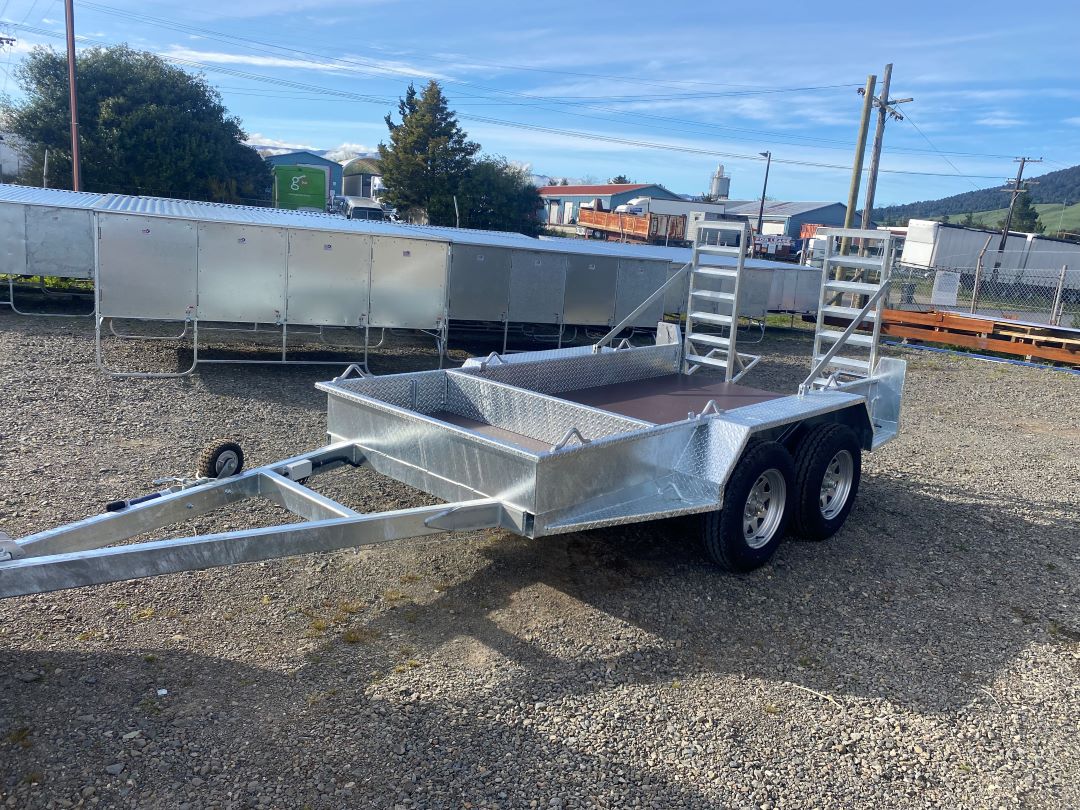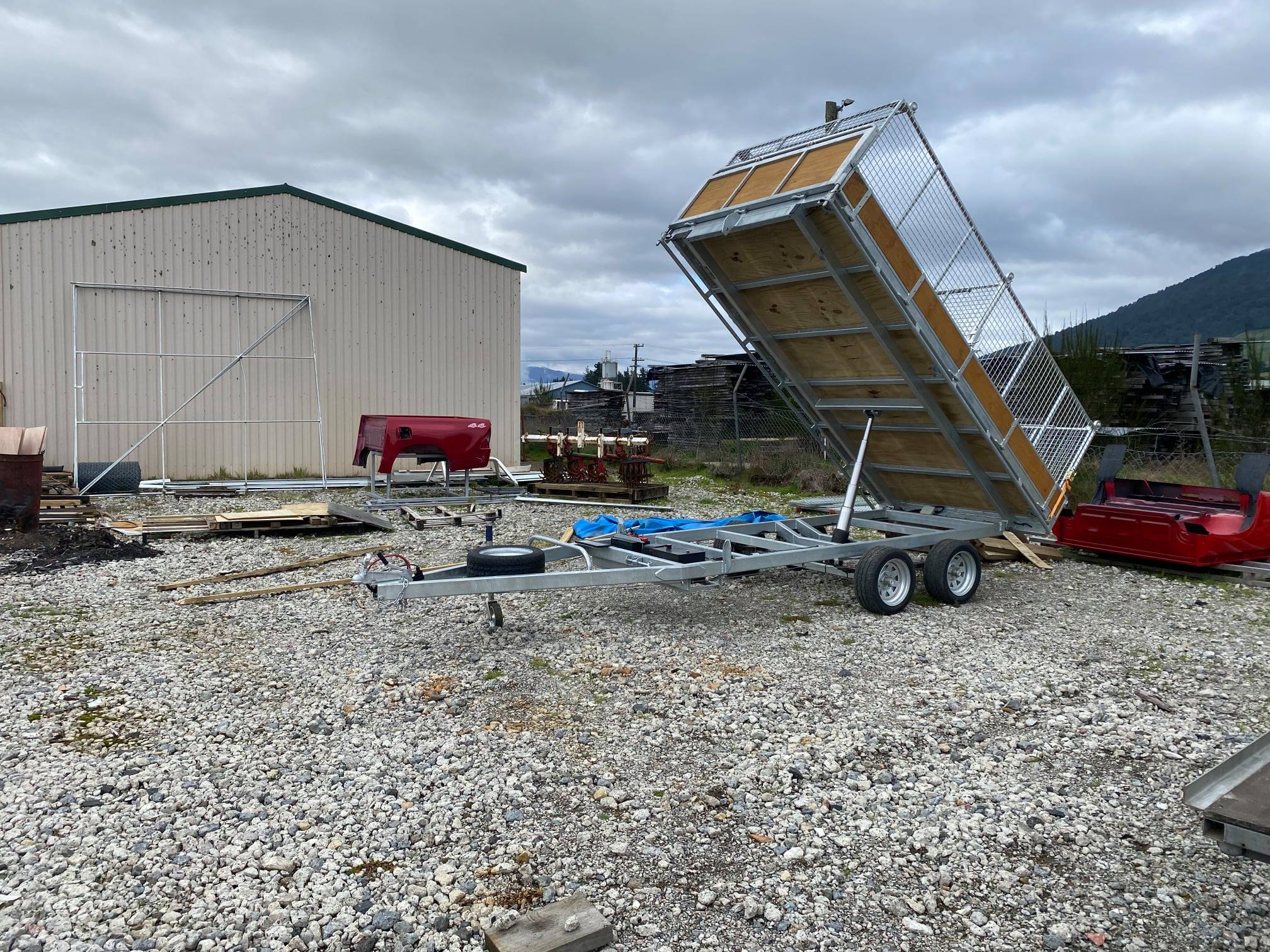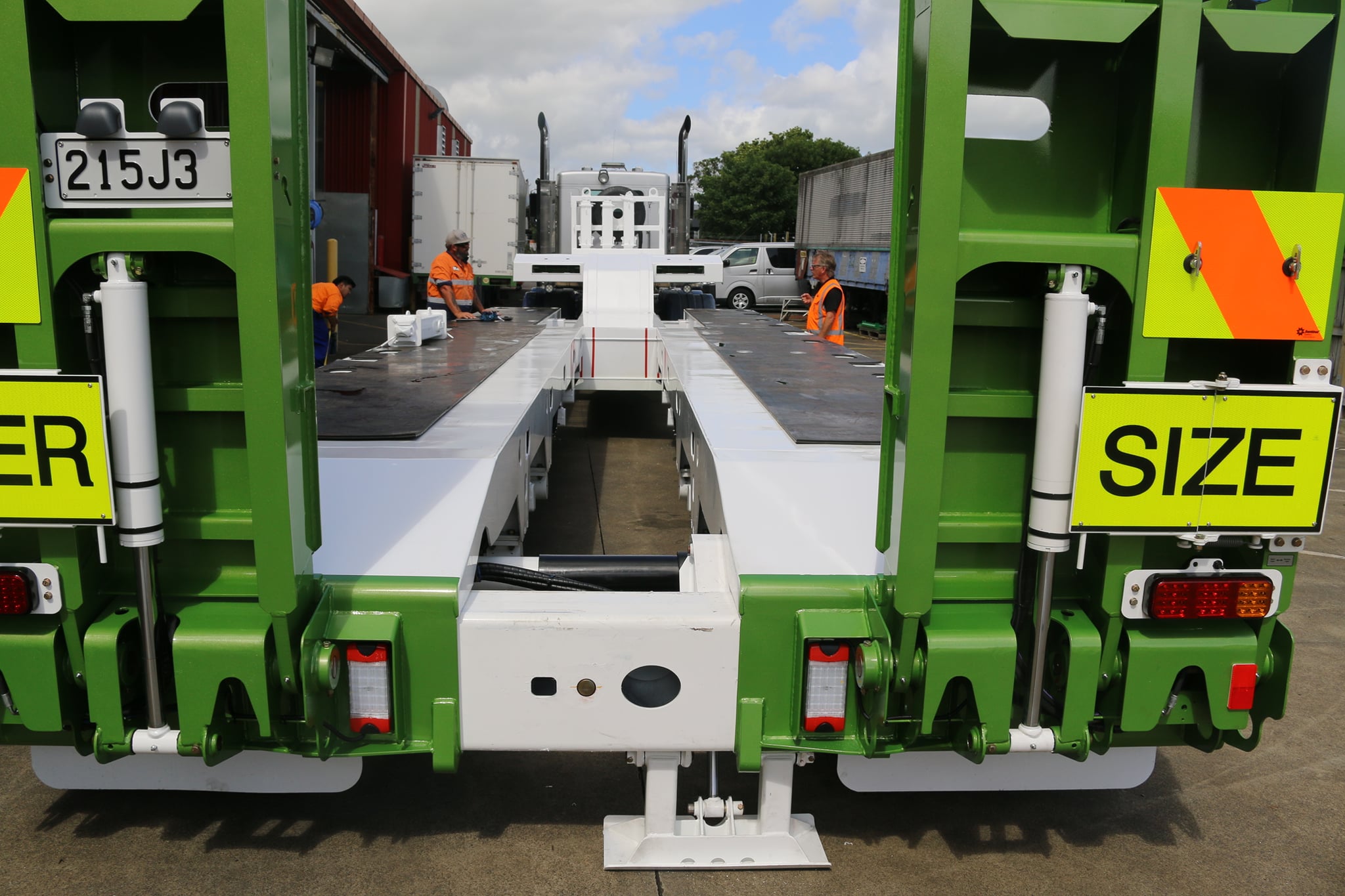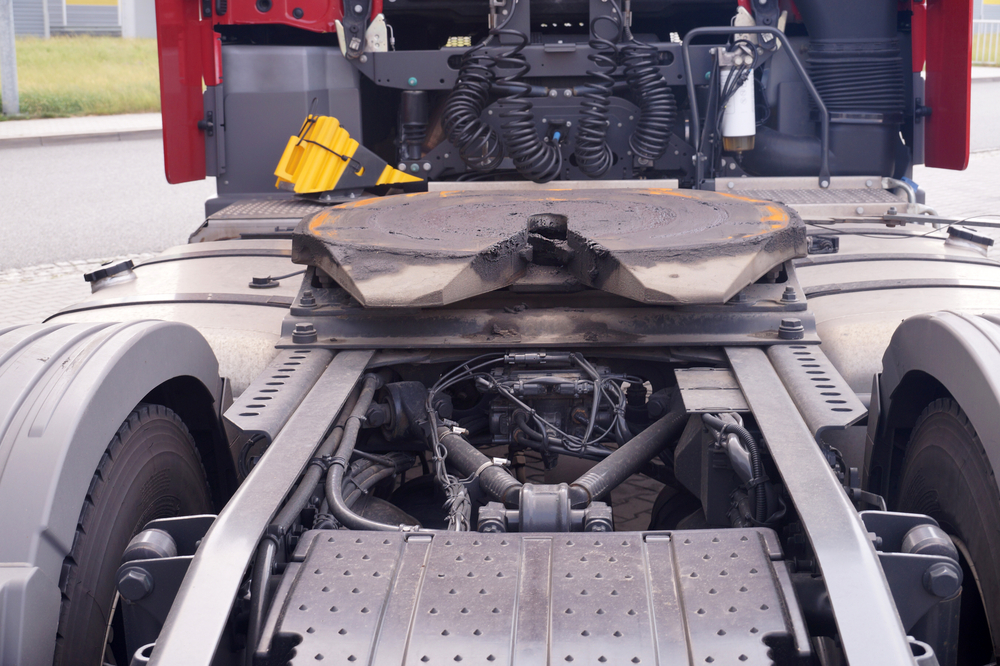
Why Weight Distribution Is Important For Tandem Trailers
What is weight distribution and why is it essential for tandem trailers?
Weight distribution is a measure of how the weight of a tandem trailer is distributed between the front and rear axles. It is crucial for tandem trailers because it affects the stability of the trailer and the amount of traction the front and rear axles have.
If the weight distribution is not even, the trailer will be less stable and more likely to tip over. The front and rear axles will also have different amounts of traction, which can cause the trailer to fishtail or jackknife.
Weight distribution can be affected by the way the trailer is loaded. For example, if all of the weight is on the front axle, the trailer will be more likely to tip over. If all of the weight is on the rear axle, the trailer will be more likely to jackknife.
To achieve a proper weight distribution, the trailer should be loaded so that the weight is evenly distributed between the front and rear axles. This can be done by evenly distributing the load between the two axles, or by placing heavier items on the trailer’s centerline.
How weight distribution affects the stability and handling of tandem trailers
The benefits of proper weight distribution for tandem trailers
Tandem trailers are a type of trailer that has two axles, with the wheels of each axle staggered so that they are not directly behind each other. This allows for a more evenly distributed weight load, which can be beneficial for a number of reasons.
For one, proper weight distribution can help to prevent tire blowouts. When all the weight is concentrated on one axle, it puts great stress on the tires. This can cause them to fail, leading to an accident.
Another benefit of proper weight distribution is that it can help to improve fuel economy. When the weight is evenly distributed, the trailer is able to move more easily and with less resistance. This means that the engine does not have to work as hard, which can lead to better fuel efficiency.
Finally, proper weight distribution can improve the overall handling of the trailer. When the weight is not evenly distributed, it can cause the trailer to sway back and forth. This can make it difficult to control, especially at high speeds. By evenly distributing the weight, the trailer will be more stable and easier to handle.
How to achieve proper weight distribution for tandem trailers
One of the main concerns when towing a tandem trailer is weight distribution. Uneven distribution of weight can cause the trailer to fishtail or even jackknife. Here are some tips on how to achieve proper weight distribution for tandem trailers:
- Start by loading the heavier items towards the front of the trailer. This will help to keep the tongue weight down.
- If possible, try to evenly distribute the weight between the two axles.
- Don’t forget to account for the weight of the trailer itself when loading.
- Always check the weight distribution before setting out on your trip.
- If you need to make adjustments, do so slowly and carefully.
By following these tips, you can help to ensure that your tandem trailer is properly balanced and won’t cause any problems while on the road.
Tips for troubleshooting weight distribution problems with tandem trailers
If you are having weight distribution problems with your tandem trailer, here are a few tips to help troubleshoot the issue.
First, check the weight distribution of the load. The weight should be evenly distributed between the front and rear axles of the trailer. If the weight is not evenly distributed, it can cause problems with the weight distribution and stability of the trailer.
Next, check the hitch to make sure it is properly secured to the trailer. The hitch should be level with the ground and the trailer should be level with the hitch. If the hitch is not level, it can cause the trailer to be unstable and cause problems with the weight distribution.
Finally, check the tires of the trailer. The tires should be inflated to the proper pressure and the tread should be in good condition. If the tires are not properly inflated or the tread is worn, it can cause the trailer to be unstable and cause problems with the weight distribution.



